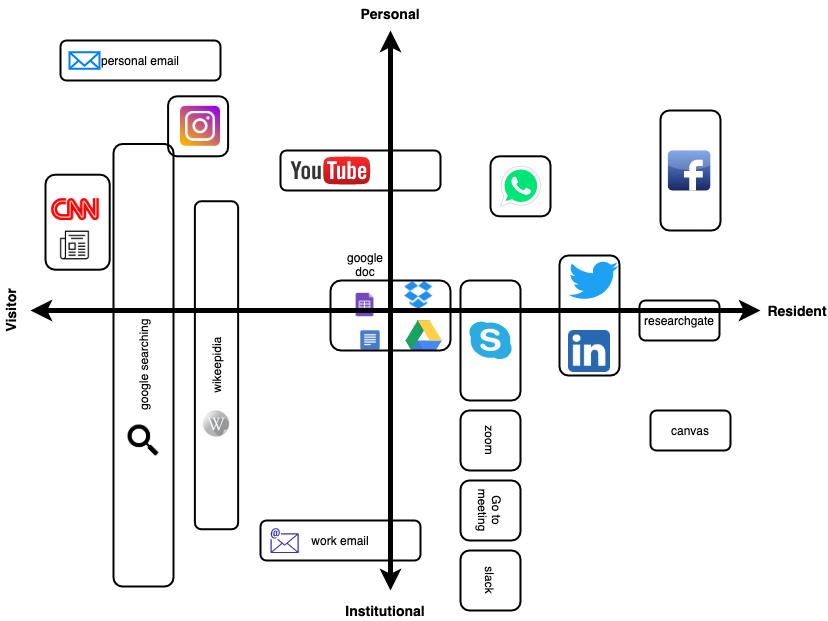He who receives ideas from me, receives instruction himself without lessening mine; as he who lights his taper at mine receives light without darkening me.
Thomas Jefferson
Education is all about enlightenment – enlightening each other through sharing, collaboration and feedback. Openness is central in education. Today, we have Internet, it gives us a great opportunity to be much more generous in sharing our educational contents be it courseware, textbooks or source codes. So how do we share our resources so that people can not only legally access but also reuse, redistribute, revise or remix the resources. Creative common license can help us here.
Creative common (CC) license is a set of copyright licenses that provide us a standardized legal way to give other permission to share and use our work on conditions of our choices. These licenses are completely free of charge. Using CC licenses, millions of people around the world have made their creative work of photos, videos, music publicly available for use. So, for instance if anyone wants to use any of my open access course content, they can use the content before asking me because permissions are already given using the CC license. The license is legally robust and easy to understand- it says anybody can use the content as long as the owner is acknowledged. I could add more features to the license. CC is made up of different licensing features – BY, SA, NC, ND. The features are expressed using different symbols.
BY means attribution, it means everyone must acknowledge me when they publish my work. NC means noncommercial; anybody can use my content and redistribute freely but only I can make money out of it (if I plan so). ND means non derivative; nobody can modify my content without asking me first. The last element, SA means share alike; everybody must share the modified content like the original (if they do). Using these features, there are six different CC license: CC BY, CC BY-SA, CC BY-NC, CC BY-ND, CC BY-NC-SA, CC BY-NC-ND. Each of these license gives permission to share and include the attribution role. So, everybody is automatically allowed to share my content but they need to acknowledge me if they share. So other three features are optional.
Beside CC BY, other CC licenses differ on the added features. CC BY license is the most open, gives anyone the maximum freedom. CC BY-NC-ND gives the least freedom. All three licenses CC BY-NC, CC BY-NC-SA and CC BY-NC-ND restrict commercial uses. CC BY-ND and CC BY-NC-ND do not give permission for adopting and remixing. BY NC-SA and BY SA require new modified content be licensed under the same terms as the original one. The figure shows a good overview of each different license.

